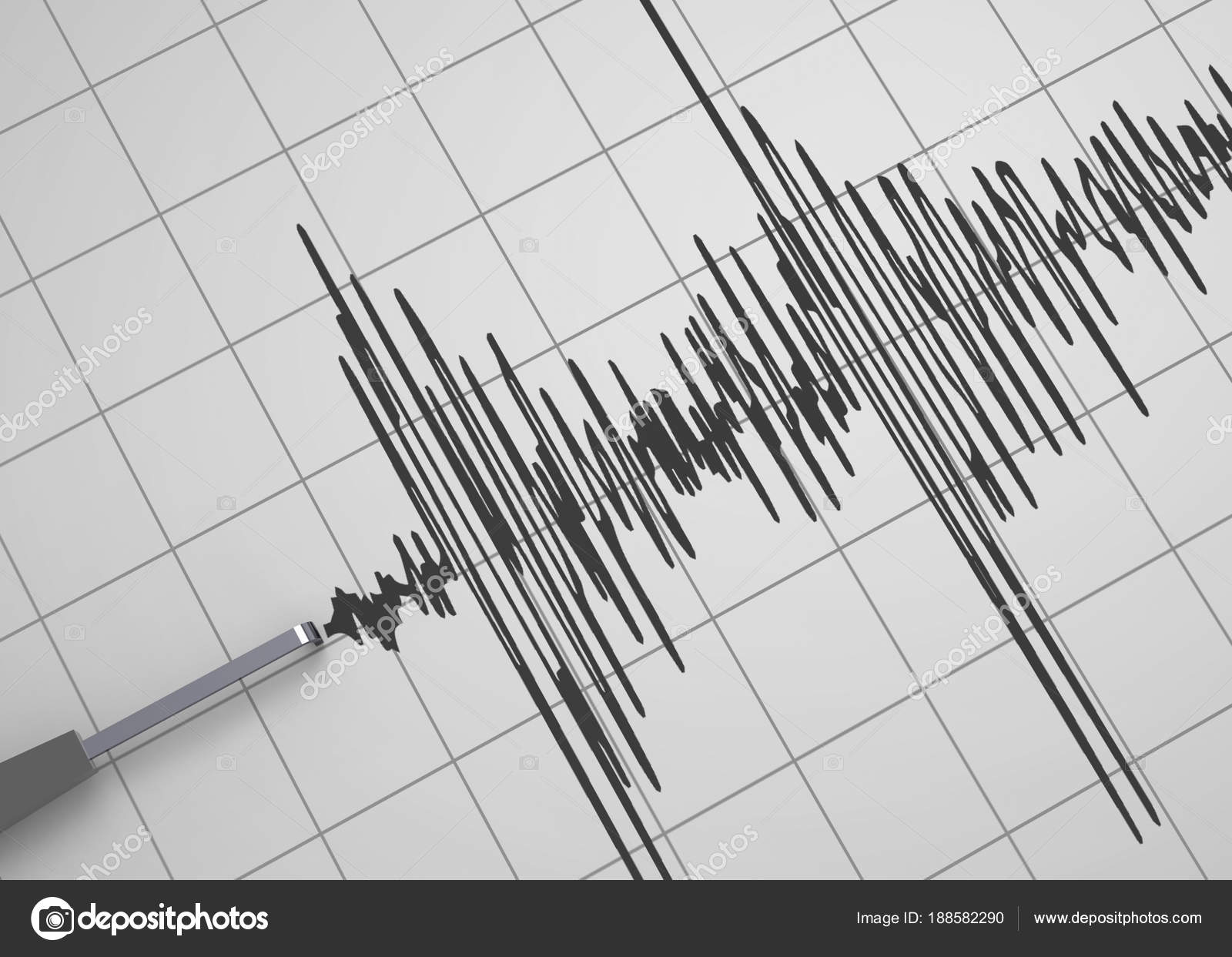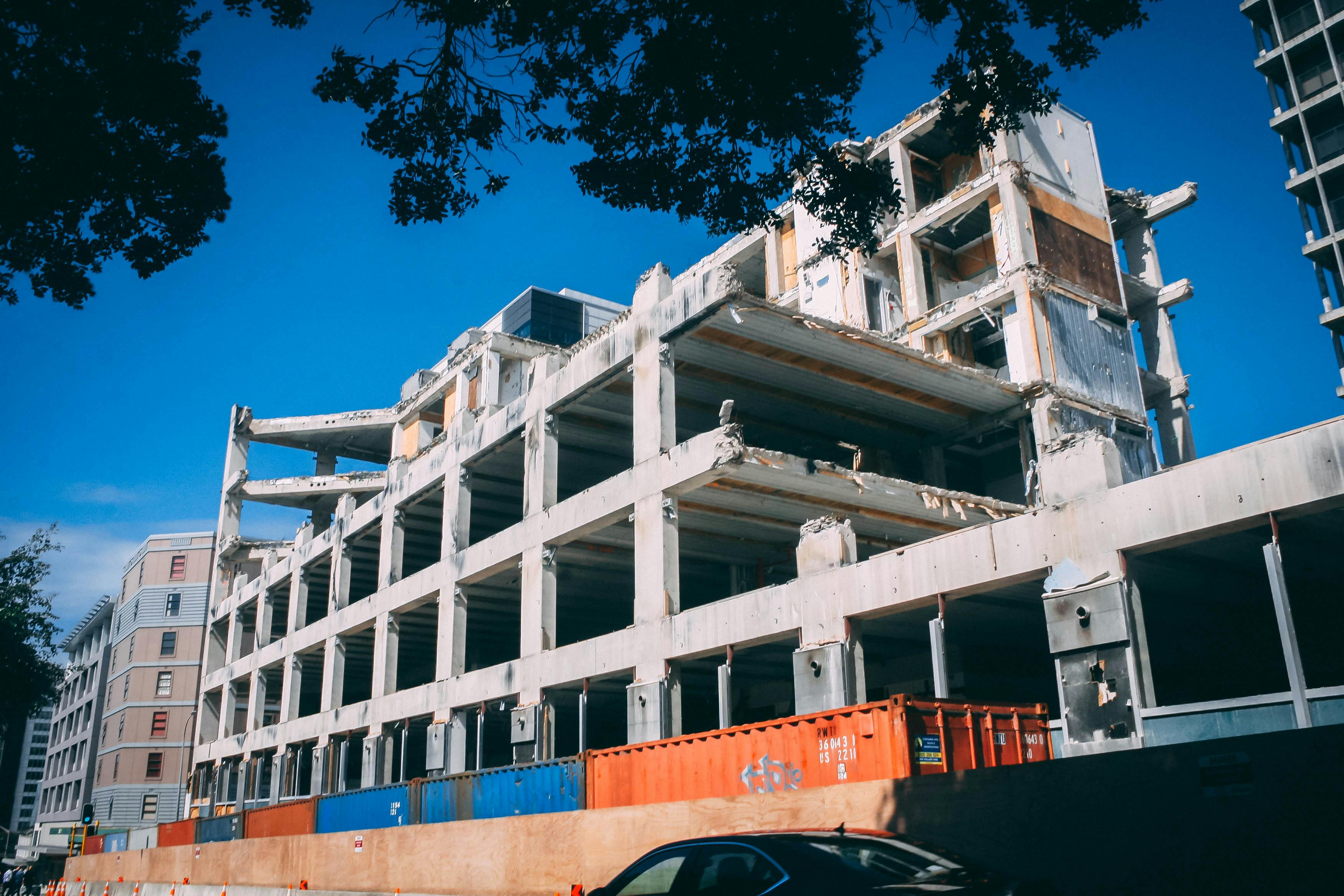

Started in 2003 as a desktop application, it has become a widely adopted standard for video presentations and visualizations of Earthquake information. This database (updated periodically) is built-in to Earthquake 3D and is available even when you are off-line.This edition of Earthquake 3D represents a third generation of this very popular computer program. The Atlas database shows over 4000 years of Historic Earthquake information. Earthquake angle indicators.- Automatic Refresh Timer- Retina enabled.- And much more.In addition to providing several 'live' sources of current Earthquake information, an Atlas database is also included. Uses "pinching" for zoom.- Filter Earthquakes by magnitude and age with slider controls. Tap on individual indicator 'flags' to show details for each Earthquake.- Earthquake details include Local Maps, Local News, and Advanced Seismic Information.- Can import up to four external Earth images that are supplied by the user.- Uses "point and drag" to position and spin the Earth. A Sequencer that shows Earthquakes as they occurred using animation loops.- Control Speed, Decay, and Sound of Earthquake sequencer loops.- Includes 4000+ years of Historic Earthquake information.- Data from USGS, European EMSC, British Geological Survey, and New Zealand Geonet.- Current worldwide Volcano activity display.- Includes DEX depth visualization.- Individual quake indicator 'flags' that show magnitude or depth. Go where no seismogram has gone before with a fascinating and mesmerizing look at the world's Earthquakes.- Eight different Earth display types that include population and tectonic plate maps.- Four different custom view 'presets'.- Solid and wire frame 3D views with transparent Earth ability. Earthquake 3D uses animated graphics to show you the "big picture" and visualize large amounts of Earthquake data quickly and easily. Total destruction of buildings and facilities.Zoom and spin your way around the world with this fully immersive 3D Earthquake display app. Mass destruction of buildings ġ2 (total) – changes of the relief on a large scale. Through the accumulation of rubble, lakes can form in the river valleys ġ1 (catastrophic) – numerous cracks on the surface of the earth, large avalanches in the mountains. Cracks in the ground up to 1 m wide, avalanches, landslides. The rate of increase of the cracks can be up to 2 cm/s ġ0 (destructive) – collapse of many buildings In others – serious damage.

Landslides, collapse and falling debris into the mountains. Landslides and cracks up to a few centimeters on mountain slopes ĩ (devastating) – burglary of some buildings, falling walls, dividing walls and roofs. ħ (very strong) – significant damage to buildings Cracks in the plaster and breaking of individual pieces, thin cracks on the walls, cracks of chimneys Cracks in the foundations Ĩ (destructive) – destruction in buildings: large cracks on the walls, falling cornices and chimneys.

#DOWNLOAD 3D EARTHQUAKE FREE WINDOWS#
An earthquake of magnitude 2 is subtle until the magnitude 7 is the lower limit of destructive earthquakes that cover large areas.ġ (undetectable) – only indicated by special devices Ģ (very low) – only felt by very sensitive pets and people in the upper floors of tall buildings ģ (low) – feels only in some buildings, like the vibration of a truck Ĥ (moderate) – the earthquake is felt by many people It is possible to balance open windows and doors ĥ (strong note) – shaking of hanging objects, noise in construction, window breakage, dust blowing Ħ (strong) – slight damage to construction of buildings, cracks in plaster, etc. Thus, the increase is a degree of magnitude of the 32-fold increase in the released seismic energy. The most popular scale of energy evaluation in earthquakes is the local scale of the Richter magnitude.


 0 kommentar(er)
0 kommentar(er)
